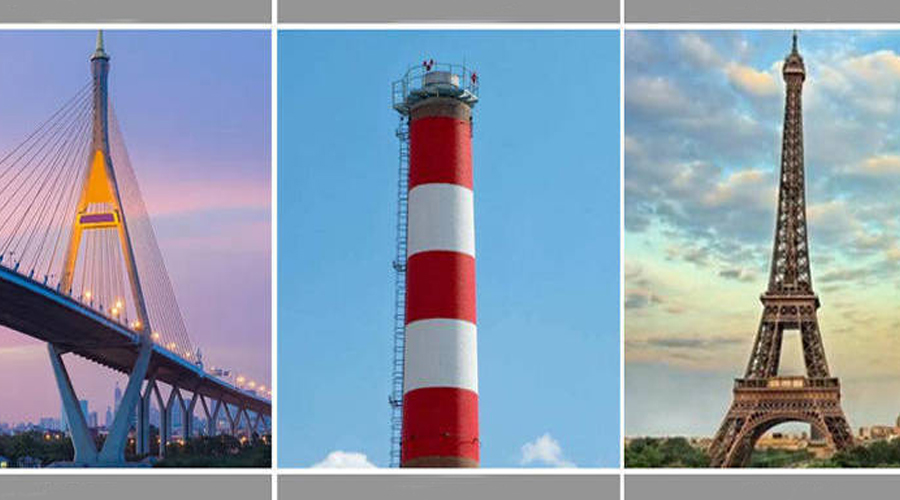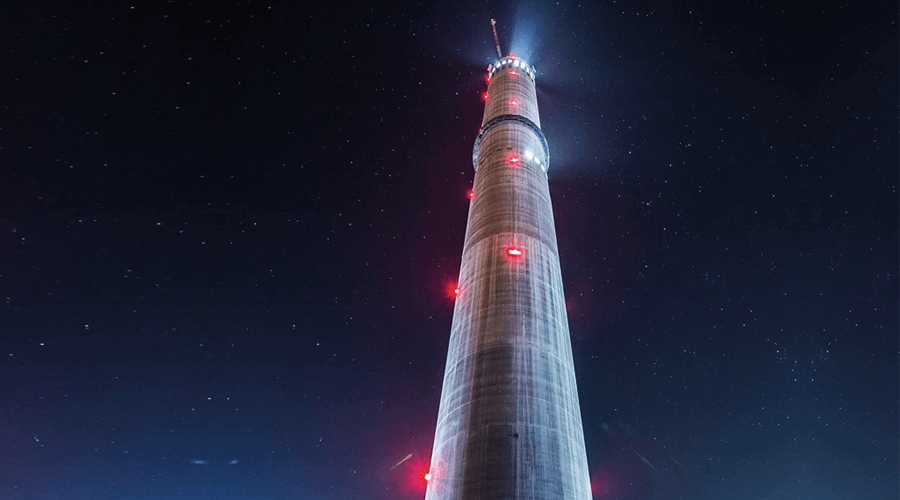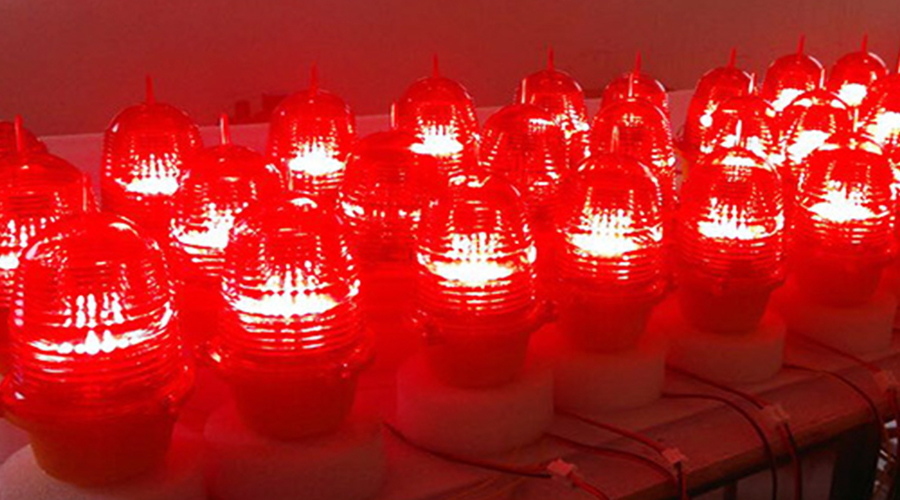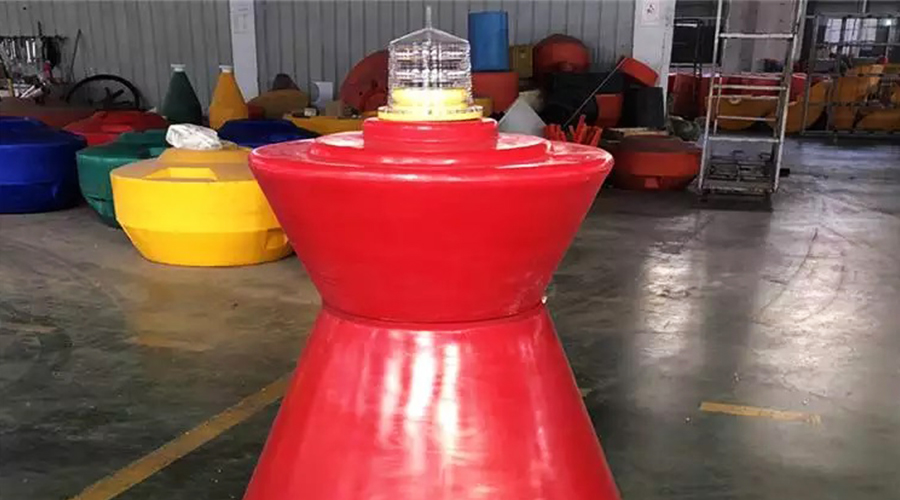High intensity obstruction lighting systems are mainly used to mark high-altitude obstacles above 150 meters, such as buildings and towers, to ensure aviation safety. Such systems can work during the day, at night and in bad weather conditions, reminding pilots to avoid obstacles through flashing white light.
Using solar-powered aviation obstruction lights, the brightness can be adjusted according to the ambient light intensity to achieve the best warning effect. When installing type A and type B high-intensity obstacle lights, the vertical aiming angle needs to be adjusted to ensure visibility.
This type of high-altitude obstruction light system is widely used in various areas and can be customized to meet the needs of synchronous flashing.
Classification of Aviation Obstruction Lights
| Types | Light Color | Flashing Mode & Frequency | |
| Low-intensity | Type A Low Intensity Obstruction Light | Red | Constant Light |
| Type B Low Intensity Obstruction Light | Red | Constant Light | |
| Type C Low Intensity Obstruction Light | Yellow / Blue | (60~90) Flash/min | |
| Type D Low Intensity Obstruction Light | Yellow | (60~90) Flash/min | |
| Type E Low Intensity Obstruction Light | Red | Flashing | |
| Medium-intensity | Type A Medium Intensity Obstruction Lights | White | (60~90) Flash/min |
| Type B Medium Intensity Obstruction Lights | Red | (60~90) Flash/min | |
| Type C Medium Intensity Obstruction Lights | Red | Constant Light | |
| High-intensity | Type A High Intensity Aviation Obstruction Light | White | (40~60) Flash/min |
| Type B High Intensity Aviation Obstruction Light | White | (40~60) Flash/min | |
Requirements For Use of High Intensity Obstruction Lighting Systems
Obstacle lights should operate normally in the following environments:
- a) Working temperature: -40 ℃~55 ℃;
- b) Relative humidity: 0~95%;
- c) Wind force: no more than 240 km/h;
- d) Rain: exposed to rain in any wind direction;
- e) Sand and dust: exposed to sand and dust environment
- f) Salt spray: exposed to salt spray environment;
- g) Irradiation: exposed to solar radiation.
Other Requirements of Aviation Lights
Requirements for high intensity obstruction lighting systems, (40~60) flashes/minute The structure of the aircraft lights should be strong and as light as possible;
It should operate normally in the specified environment and be easy to install and replace the light source.
All external detachable parts of aviation warning devices (such as wiring cover, lampshade for light sources that need to be replaced on site, external screws, etc.) should have anti-falling measures.
If the LED high-altitude obstacle light contains an electronic circuit box, the shell protection level should not be lower than IP55.




